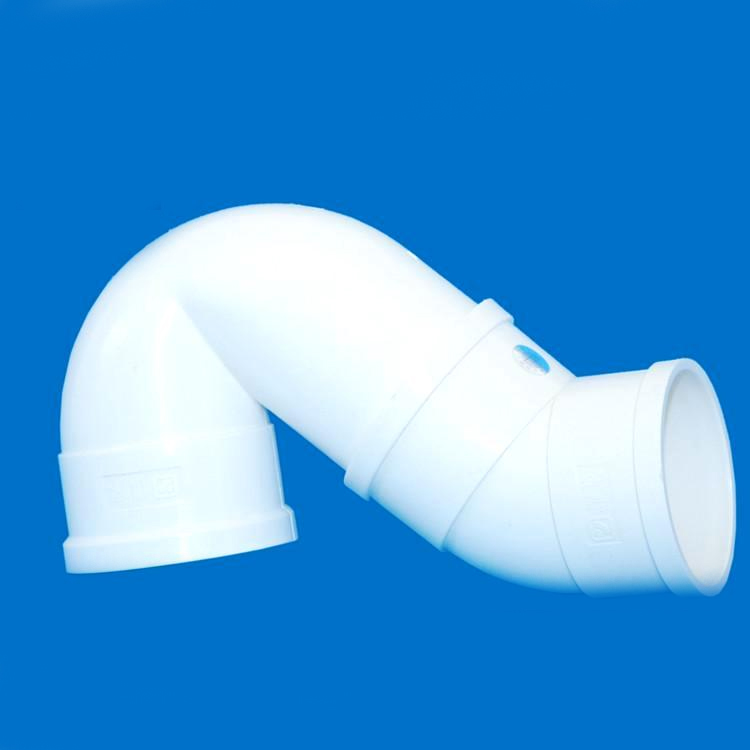Feature 1: Rigid PVC is one of the most widely used plastic materials. PVC material is a non-crystalline material.
Feature 2: Stabilizers, lubricants, auxiliary processing agents, pigments, anti-impact agents and other additives are often added to PVC materials in actual use.
Feature 3: PVC material has non-flammability, high strength, weather resistance and excellent geometric stability.
Feature 4: PVC has strong resistance to oxidants, reducing agents and strong acids. However, it can be corroded by concentrated oxidizing acids such as concentrated sulfuric acid and concentrated nitric acid and is not suitable for contact with aromatic hydrocarbons and chlorinated hydrocarbons.
Feature 5: The melting temperature of PVC during processing is a very important process parameter. If this parameter is improper, it will cause the problem of material decomposition.
Feature 6: The flow characteristics of PVC are quite poor, and its process range is very narrow. Especially the high molecular weight PVC material is more difficult to process (this kind of material usually needs to add lubricant to improve the flow characteristics), so the PVC material with small molecular weight is usually used.
Feature 7: The shrinkage rate of PVC is quite low, generally 0.2~0.6%.
Polyvinyl chloride, abbreviated as PVC (Polyvinyl chloride) in English, is a vinyl chloride monomer (VCM) in peroxides, azo compounds and other initiators; or under the action of light and heat according to the free radical polymerization reaction mechanism Polymers formed by polymerization. Vinyl chloride homopolymer and vinyl chloride copolymer are collectively referred to as vinyl chloride resin.
PVC is a white powder with an amorphous structure. The degree of branching is small, the relative density is about 1.4, the glass transition temperature is 77~90℃, and it starts to decompose at about 170℃. The stability to light and heat is poor, above 100℃ or after a long time. Sun exposure will decompose to produce hydrogen chloride, which will further autocatalyze the decomposition, causing discoloration, and the physical and mechanical properties will also decline rapidly. In practical applications, stabilizers must be added to improve the stability to heat and light.
The molecular weight of industrially produced PVC is generally in the range of 50,000 to 110,000, with a large polydispersity, and the molecular weight increases with the decrease of the polymerization temperature; it has no fixed melting point, starts to soften at 80-85℃, and becomes viscoelastic at 130℃ , 160~180℃ begin to transform into viscous fluid state; it has good mechanical properties, the tensile strength is about 60MPa, the impact strength is 5~10kJ/m2, and it has excellent dielectric properties.
PVC used to be the world’s largest production of general-purpose plastics, and it is widely used. It is widely used in building materials, industrial products, daily necessities, floor leather, floor tiles, artificial leather, pipes, wires and cables, packaging films, bottles, foaming materials, sealing materials, fibers, etc.
Our factory uses good mold materials, such as 718, 718H, etc., good mold materials, longer life, and products used in different plastic materials can produce high-quality plastic products
Post time: Oct-23-2021

